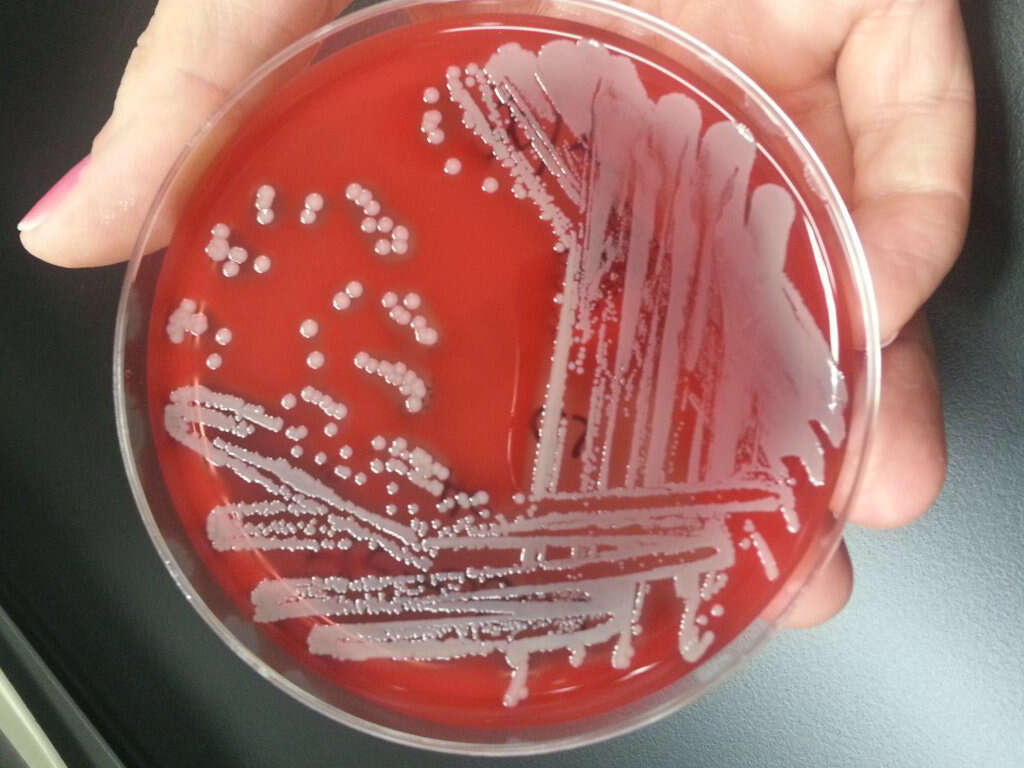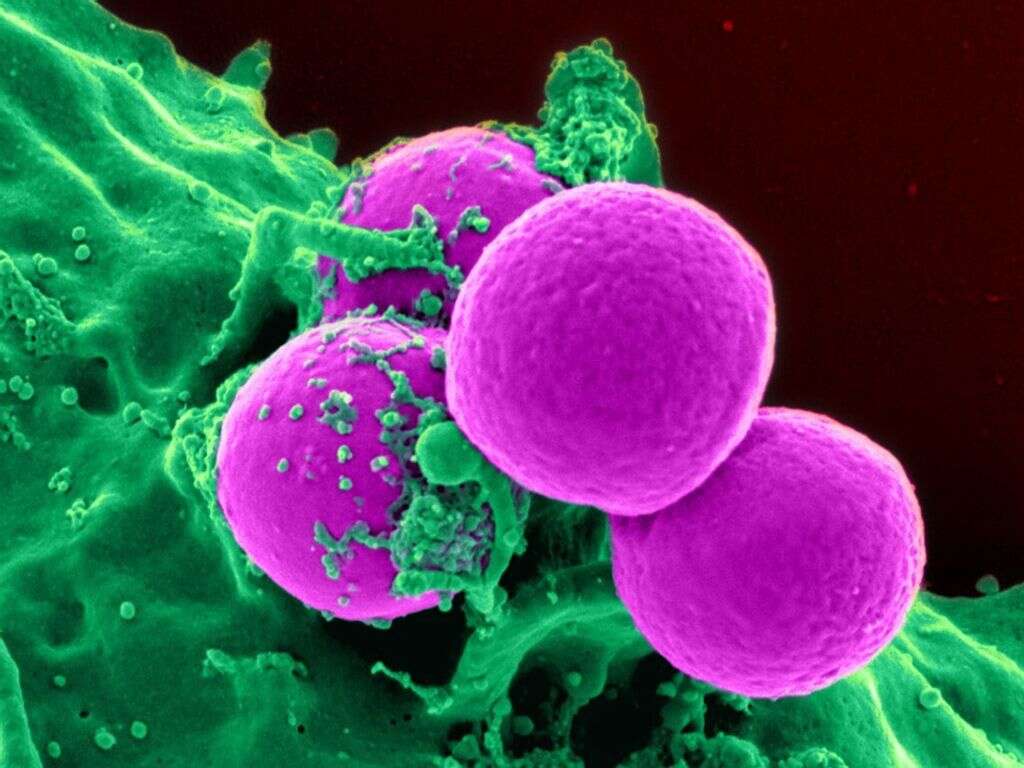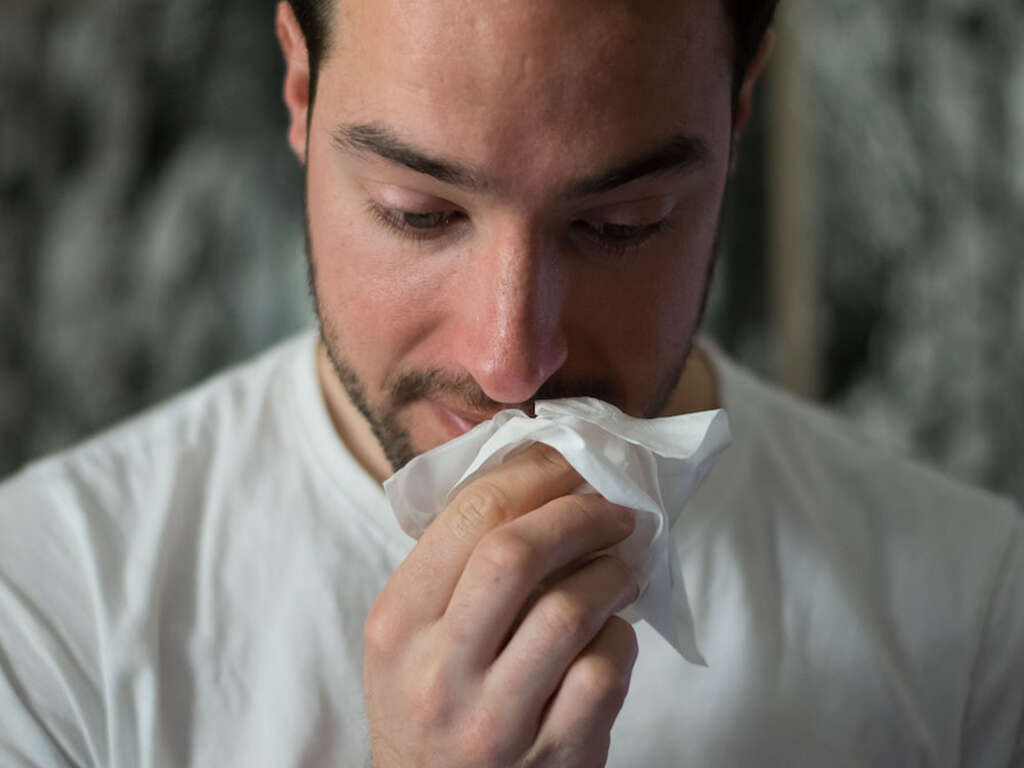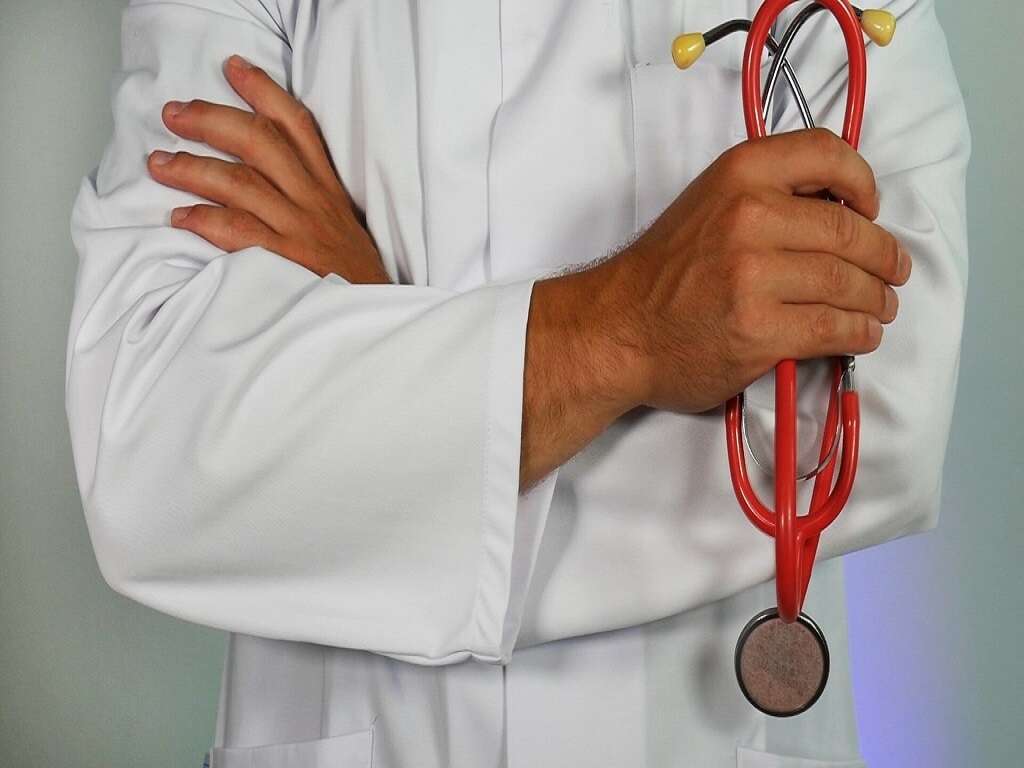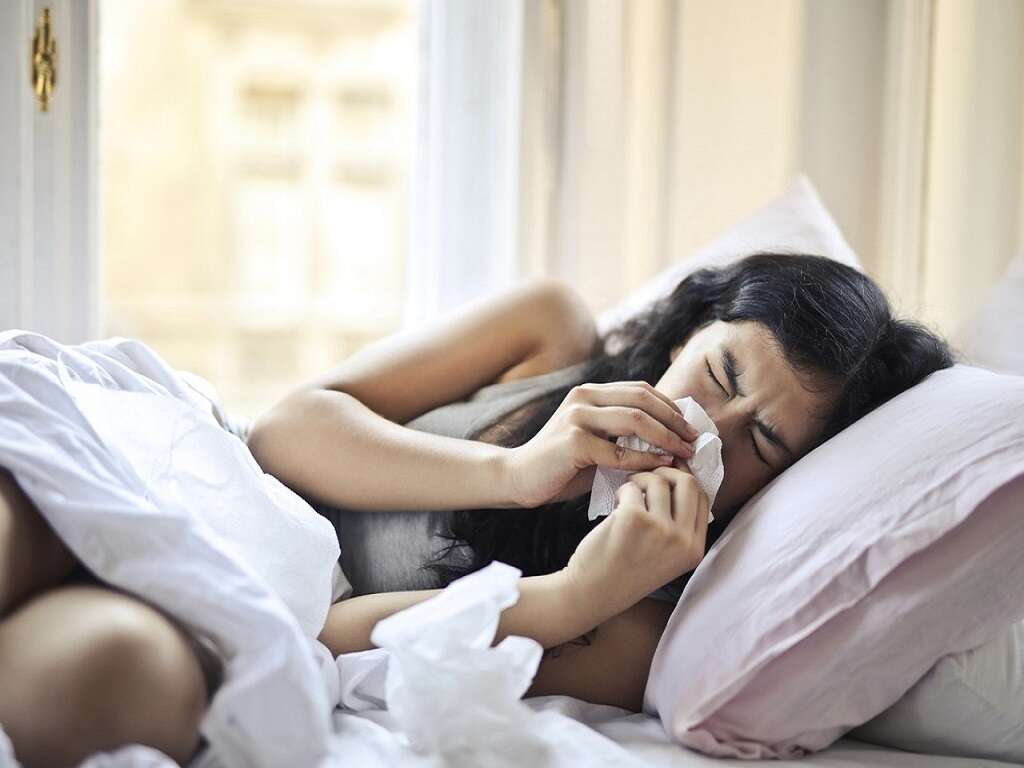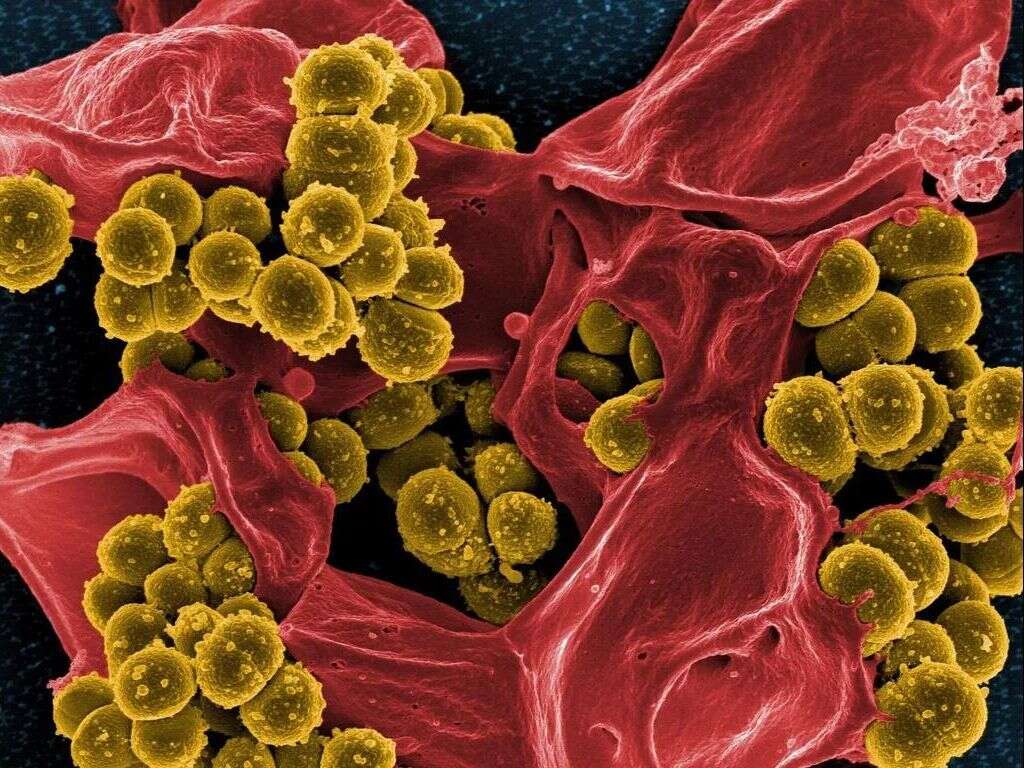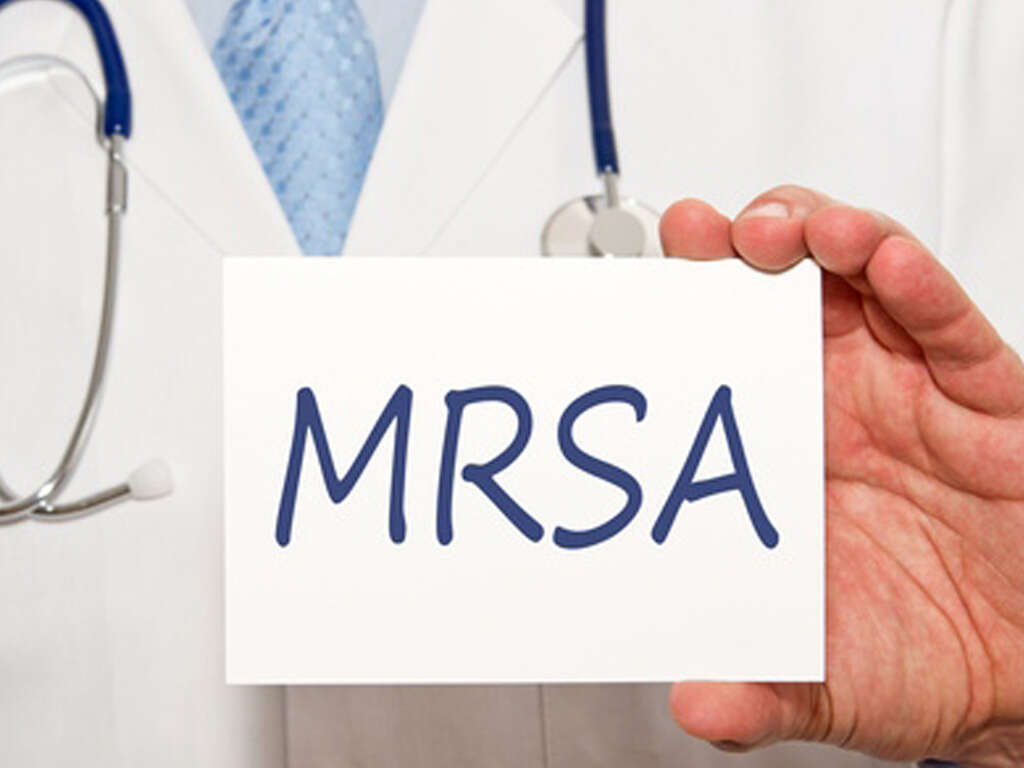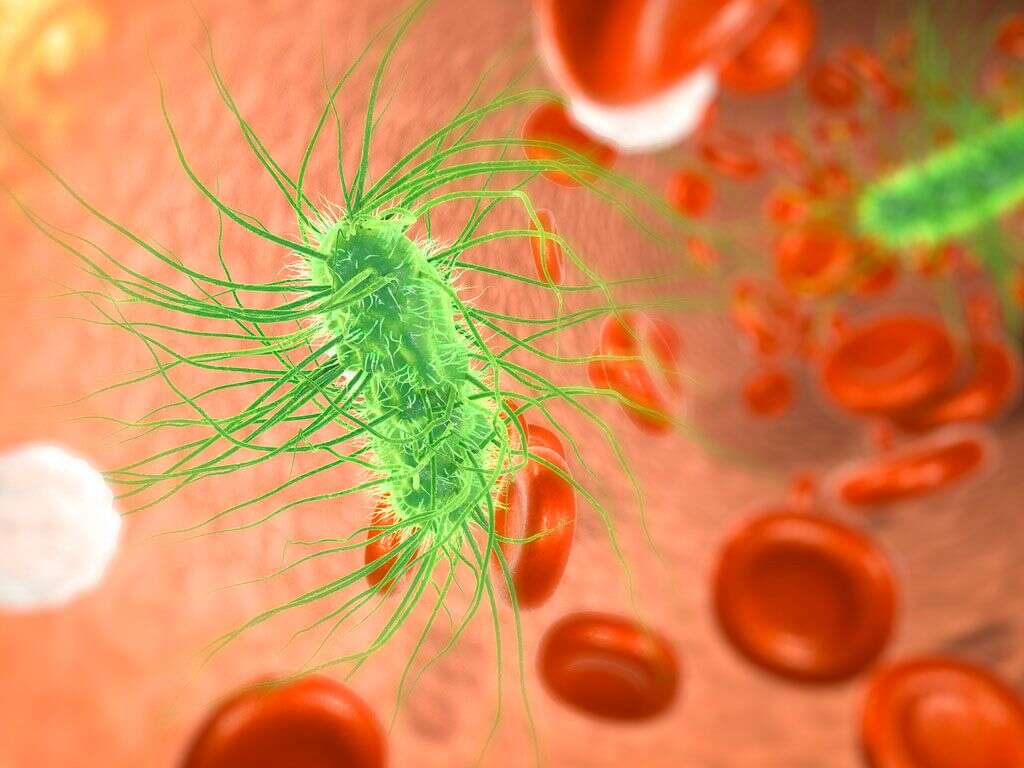10 MRSA Symptoms
 Article Sources
Article Sources
- 1. 'General Information.' Centers for Disease Control and Prevention, www.cdc.gov/mrsa/community/index.html
- 2. 'Photos.' Centers for Disease Control and Prevention, www.cdc.gov/mrsa/community/photos/index.html
- 3. MRSA Tests: MedlinePlus Medical Test. MedlinePlus, U.S. National Library of Medicine, 31 July 2020, medlineplus.gov/lab-tests/mrsa-tests
Methicillin-resistant staphylococcus aureus, also known as MRSA, is a staph infection that's resistant to many antibiotics. The infection is typically seen in hospitals and other health care facilities, but can spread anywhere in the community.
Antibiotic-resistant staph bacteria infections are serious and can cause severe complications. Common MRSA symptoms begin with small, round and painful bumps that look like pimples. Some may mistake these for spider bites. The bumps can be full of pus that's highly infectious and can spread easily between patients. A doctor will provide diagnosis and management to prevent the infection from spreading to other areas of the body.1‘General Information.’ Centers for Disease Control and Prevention, www.cdc.gov/mrsa/community/index.html
Small Red Bumps
Methicillin-resistant staphylococcus aureus can occur following a severe illness, such as pneumonia. However, as it spreads in community settings, it's become more common in healthy people. Staph bacteria are naturally found in the nose and on the skin. MRSA developed as a result of antibiotic overuse. 1‘General Information.’ Centers for Disease Control and Prevention, www.cdc.gov/mrsa/community/index.html
The first MRSA symptom is the appearance of small red bumps anywhere on the body. These look like tiny pimples or spider bites. The area around the bumps is red or inflamed from the infection. Rather than improving over three to four days, these sores can appear and feel worse.

Pain
MRSA starts as a skin infection. Compared to several other skin conditions, people with staph infections experience less discomfort. However, with methicillin-resistant staphylococcus aureus, the pain is worse, and as the infection spreads, the pain increases substantially.
Discomfort also accompanies the other MRSA symptoms, such as fever and muscle and joint aches. Anyone experiencing painful, small bumps with a fever should contact their health care provider to investigate the cause.

Warm to the Touch
What makes MRSA bumps different from acne or spider bites is that they're warm to the touch. The heat from the area comes from the infection and associated inflammation. These bumps can burst and spread the infection. The person then develops extremely painful boils.
Also known as abscesses, these can grow big enough to require surgical draining. The boils grow and the infection can spread to other areas of the body, such as bones, joints and organs.

Pus
The blisters are hard and contain pus that makes them warm to the touch. In addition to the unsightly appearance, these bumps are painful. When they break open, the pus can cause the infection to spread to other areas of the body. The pus is highly infectious and can spread MRSA to other people.
Carefully cleaning the pus and keeping the area covered can reduce the transmission of MRSA to loved ones and caregivers.
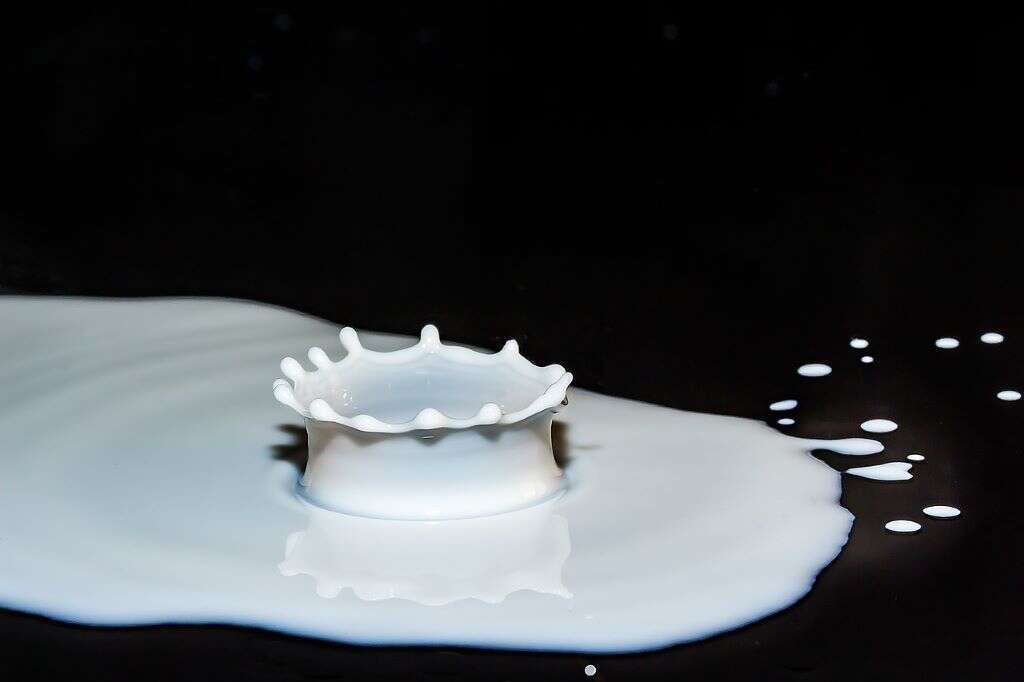
Rash
Some patients develop a rash around the pus-filled bumps. The skin can appear swollen, red and irritated. The rash might also be itchy or dry.
Avoid scratching the area to prevent popping the bump and spreading the pus to other areas of the body or transmitting the infection to nearby people. Covering the rash might prevent rubbing and scratching, which can spread the infection. Individuals with MRSA should always wash their hands after wrapping the wound or accidentally touching it.
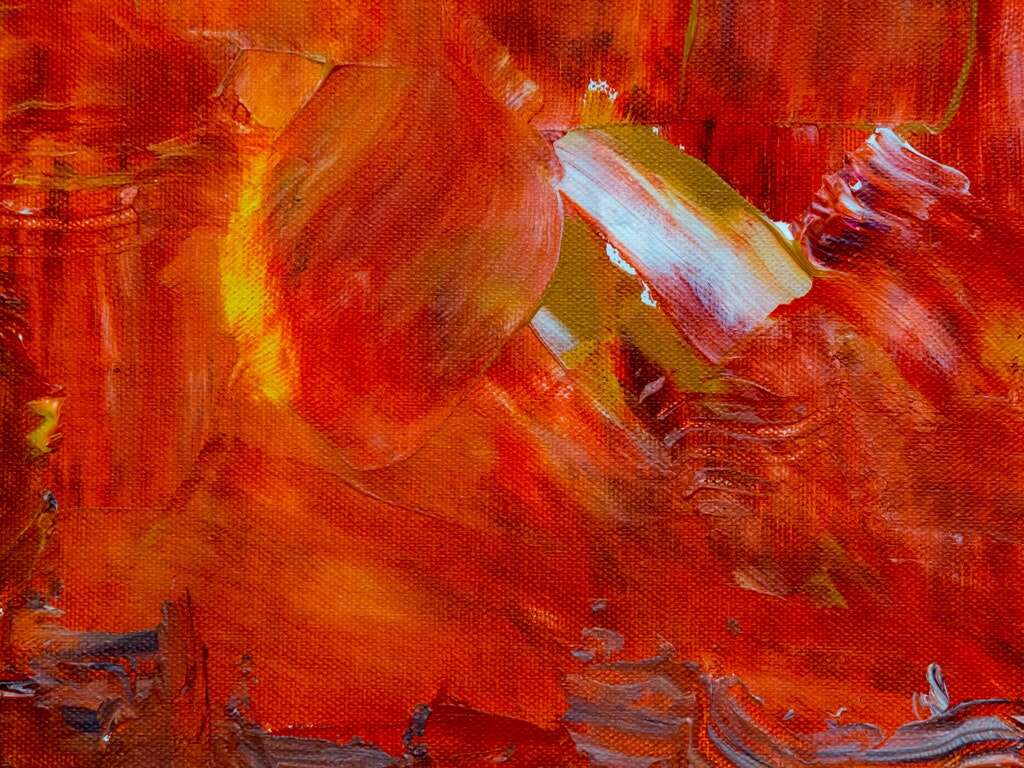
Fever
Fevers are common in many infections. A low or high temperature is a typical MRSA symptom. This could be the first sign suggesting that the small red bumps aren't spider bites or an acne outbreak.
Doctors recommend managing the fever with rest, nonsteroidal anti-inflammatory drugs (NSAIDs) and plenty of fluids. Anyone experiencing a rash, small bumps that are hot to the touch and a fever should speak to their doctor about the possibility of an infection.
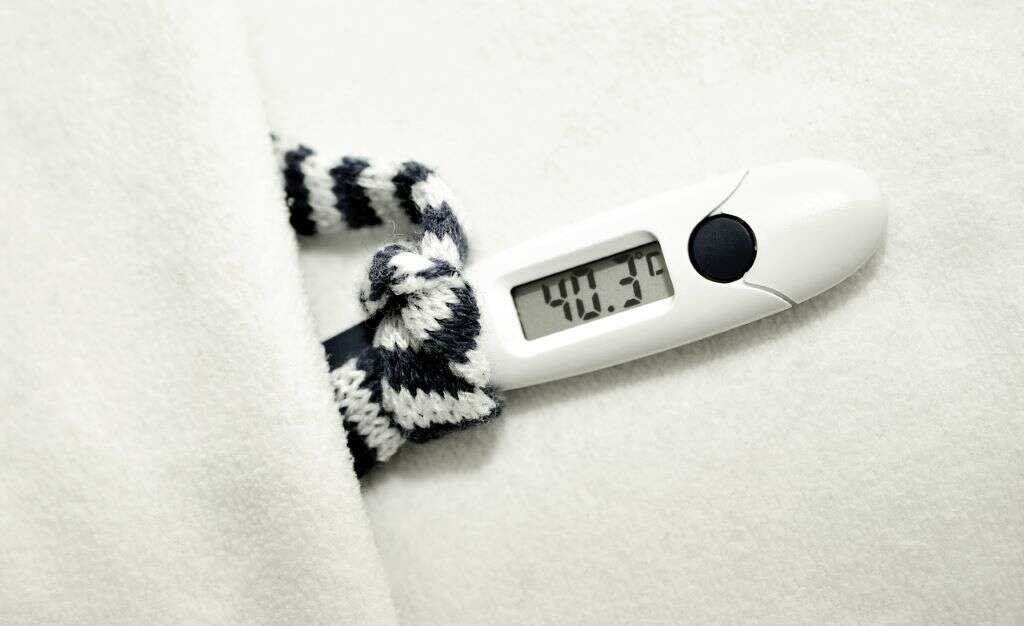
Boils
As MRSA symptoms progress, the small red bumps can turn into deep, painful boils. However, methicillin-resistant staphylococcus aureus isn't the only condition that causes skin abscesses. Only a doctor can rule out the possibility of another condition.
The boil may require surgical intervention. The area is lanced and left open to drain the pus. Patients with MRSA shouldn't drain the boils themselves. Small boils can be treated with drainage alone, while large boils require drainage and antibiotics.

Muscle Pains
Joint pains, sore muscles and other body aches are common with any infection. This symptom may accompany fevers as a result of the body fighting MRSA. Depending on the stage of infection, these can be very painful.
Individuals can reduce body aches and pain with over-the-counter NSAIDs. Rest and taking all prescribed medications can also help relieve general aches and pains from MRSA. For more information about lessening the discomfort, speak with a medical professional.
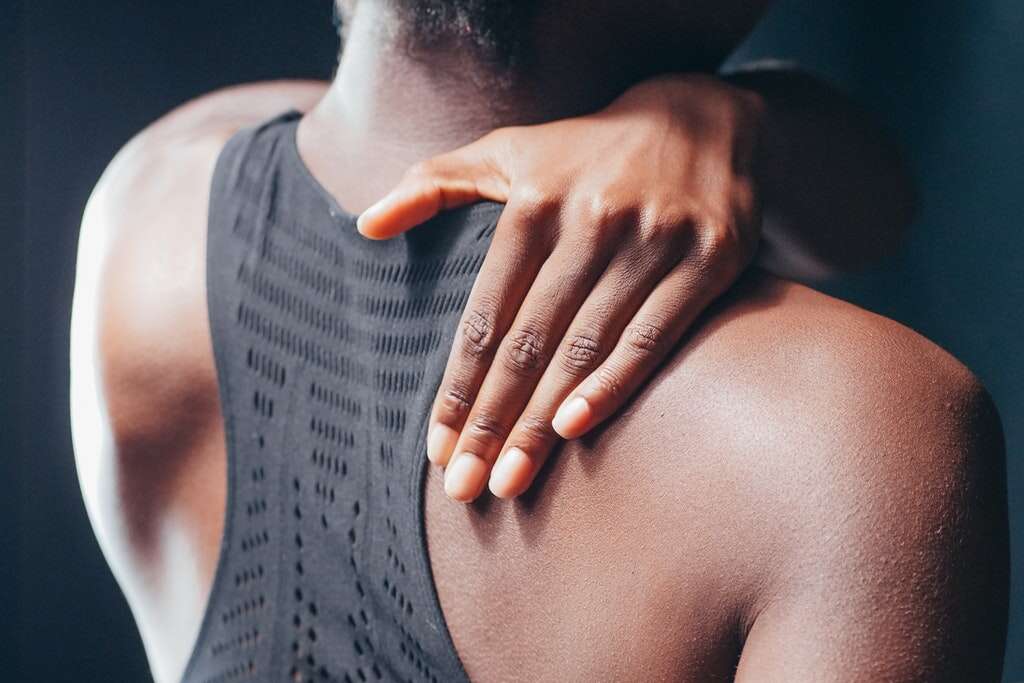
Headache
Since MRSA includes the bloodstream, it causes the infection to spread to numerous areas of the body, including the head. When the body is fighting a serious infection, headaches can develop due to increased inflammation.
To relieve headache pain, try common NSAIDs, such as ibuprofen, acetaminophen or naproxen, and avoid bright lights and loud noises until the headache subsides. If the pain accompanies nausea and vomiting, contact your physician. Another infection or condition might be responsible for these MRSA symptoms.
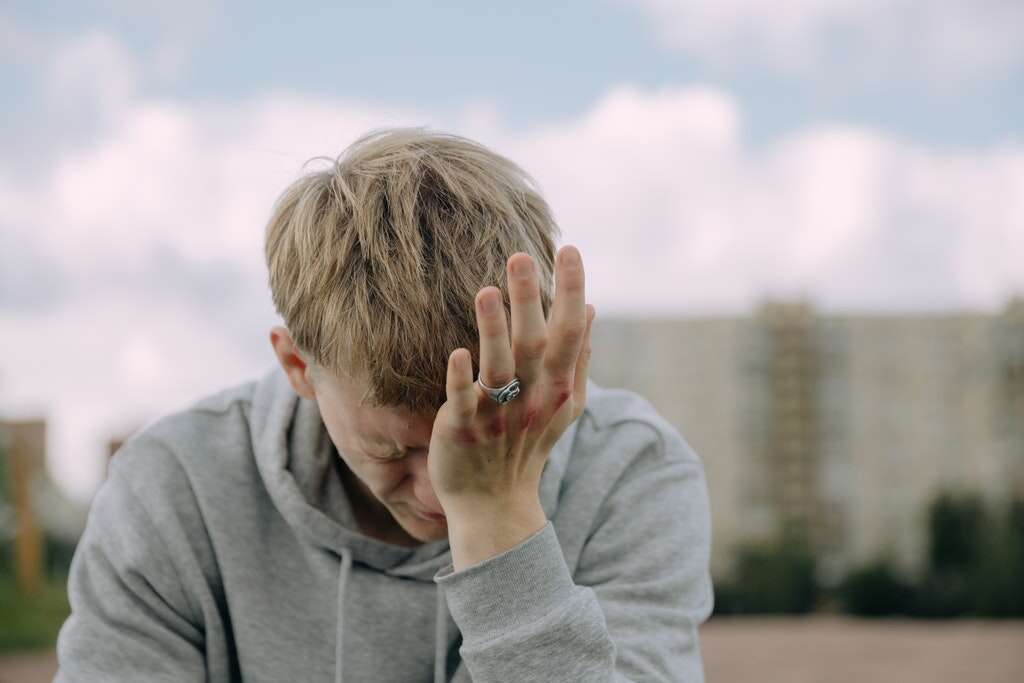
Fatigue
Fatigue is a common symptom of any illness. When the body's fighting an infection, it directs all energy to the vital response. Tiredness is also common, along with a fever, headache and body pains.
Don't fight fatigue. The body needs all the rest it can get to fight MRSA and help get patients on the road to recovery. Instead, sleep as much as the body wants and let the immune system do its job.



